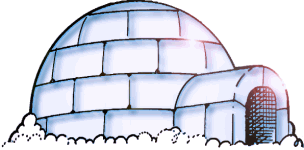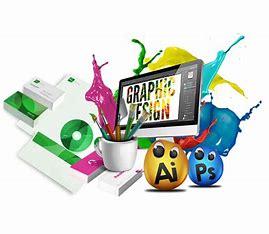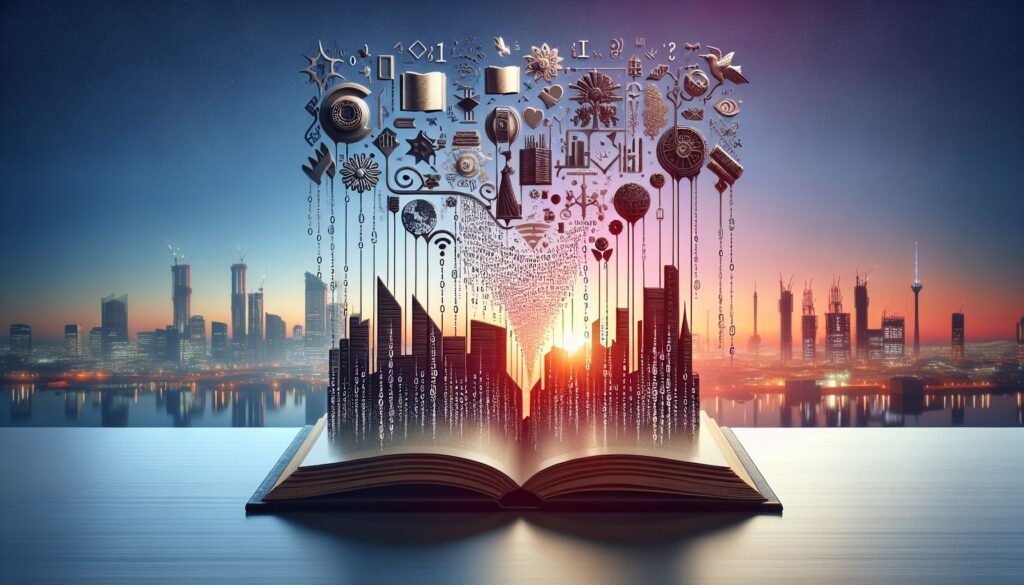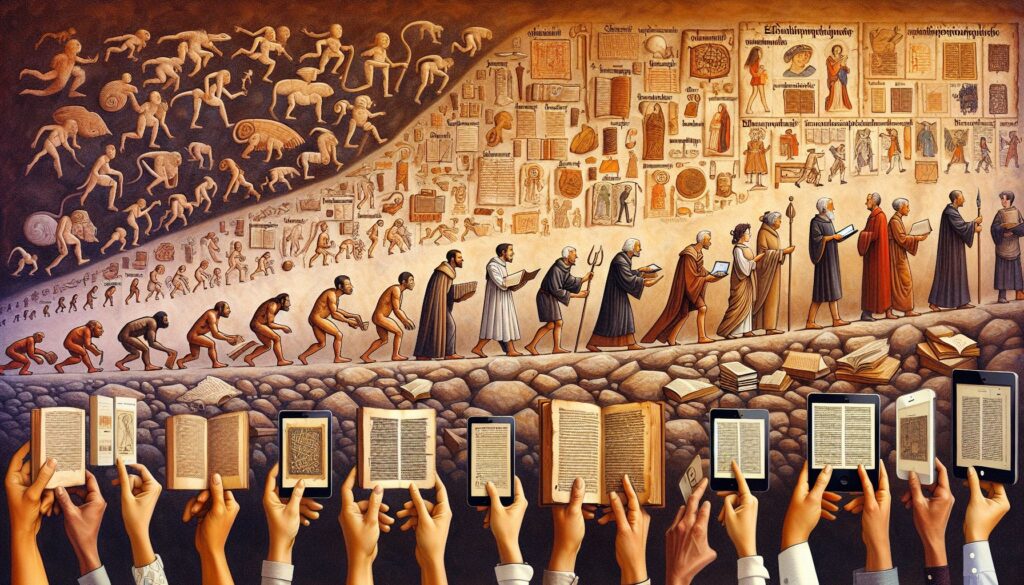Storytelling has captured the hearts and minds of individuals since time immemorial. Whether it’s the cozy comfort of a paperback, the inviting aroma of an old, leather-bound book, or the thrill of turning an e-page on a digital device, the allure of getting lost in a narrative remains unmatched. Today, technology has played a significant part in transforming this literary escapade, opening up pathways we couldn’t have imagined a few decades ago.
The Literary Landscape: A Tête-à-tête with Tradition
Classic literature, a venerable testament to human creativity, has seen many shifts in narrative styles and storytelling methods. From the eloquent prose of Jane Austin to the gripping narratives of Agatha Christie, the variety and depth in these works have set precedents for future generations. Yet, despite their enriching influence, the onset of technology has brought a change in reading habits. Though many still cherish the physical communion with a novel, digital alternatives are slowly shifting the ground beneath these traditional platforms.
The Digital Tango: Technology’s Dance with Literature
In the 21st century, as technology rapidly progressed, it began partnering with literature in a dance that’s both complex and enchanting. The advent of e-books, for instance, negated geographical boundaries and allowed unparalleled accessibility to diverse genres, authors, and eras. The ensuing convenience enhanced our reading habits – we no longer needed bookshelves or libraries but merely a device and an internet connection.
Furthermore, audiobooks have brought a unique auditory dimension to literature. Stories are now told instead of merely being read, facilitating a rich and immersive experience. Particularly for those with visual challenges, technology has revolutionized the accessibility and enjoyment of literature.
Digital platforms for collaborative writing, online libraries, publishing tools, and e-readers have propelled a transformative approach to literature. Weaker geographical and financial constraints have led to an increase in readership and authorship.
The Future Script: Technology’s Role in Shaping Our World
Looking into the future, we can anticipate further intertwining of literature and technology. Perhaps we’re on the brink of a new literary epoch, where AI-powered bots become seasoned authors, and virtual reality-based reading becomes commonplace, spiraling us into fantasy worlds more tangibly.
VR could transform the way we envision stories, immersing readers in environments tailored to the narrative, whereas Augmented Reality (AR) could overlay fictional scenes onto our real world, merging reality with fantasy in an exciting juxtaposition.
In conclusion, the literary field’s trajectory is clearly intertwined with the evolution of technology. Yet, it remains to be seen whether this marriage will preserve the romanticism of traditional literature while harnessing digital advancements. One thing is clear – we’re on the cusp of a remarkable literary revolution, and tech-savvy readers the world over are eager to turn the page into the future!




